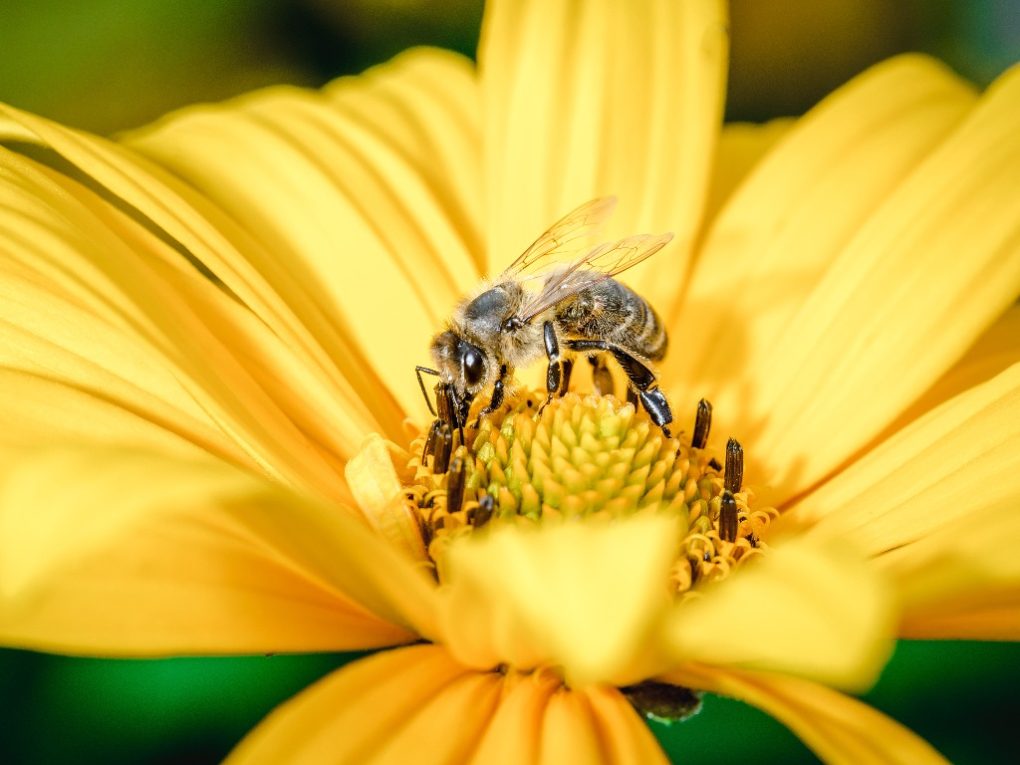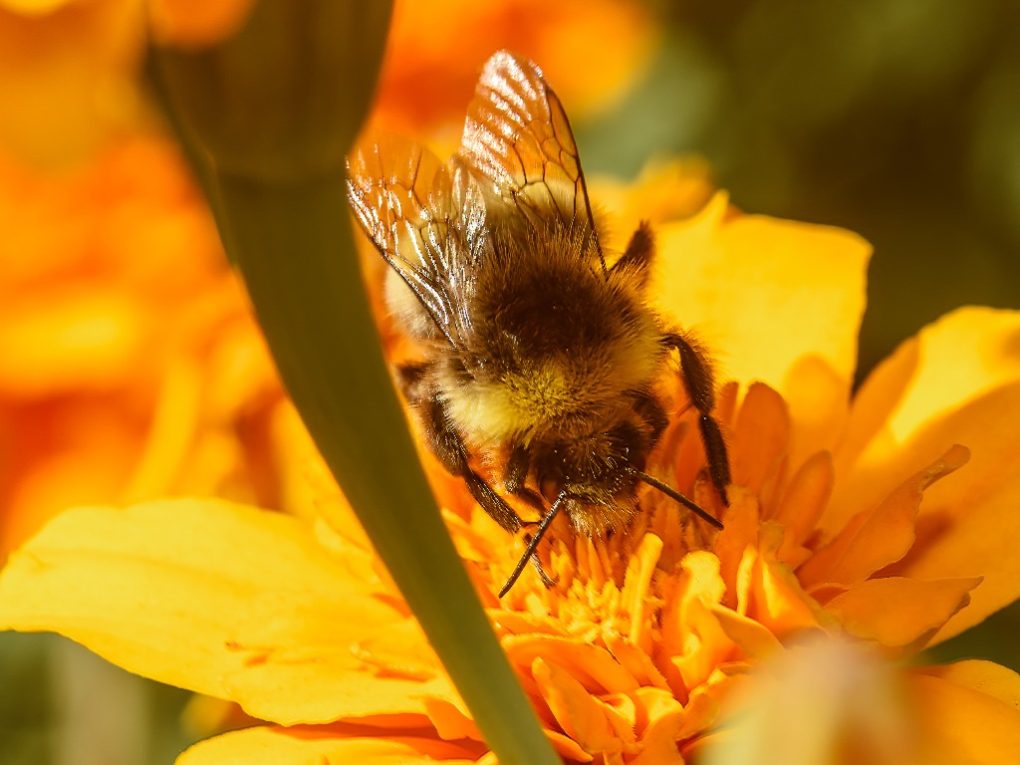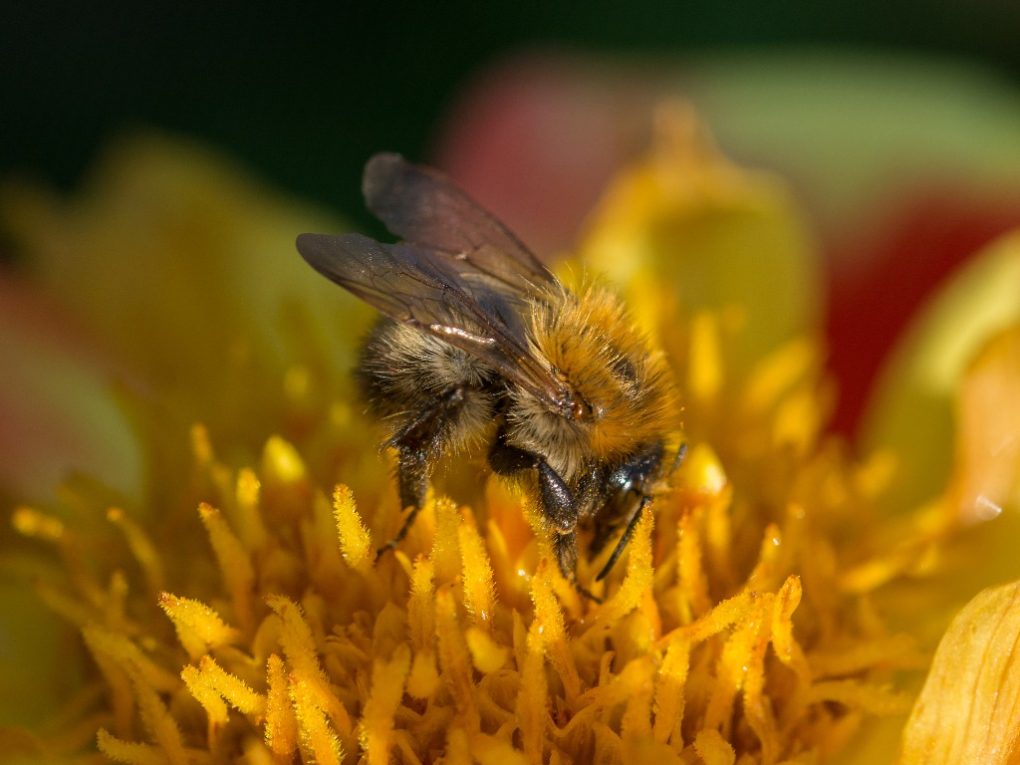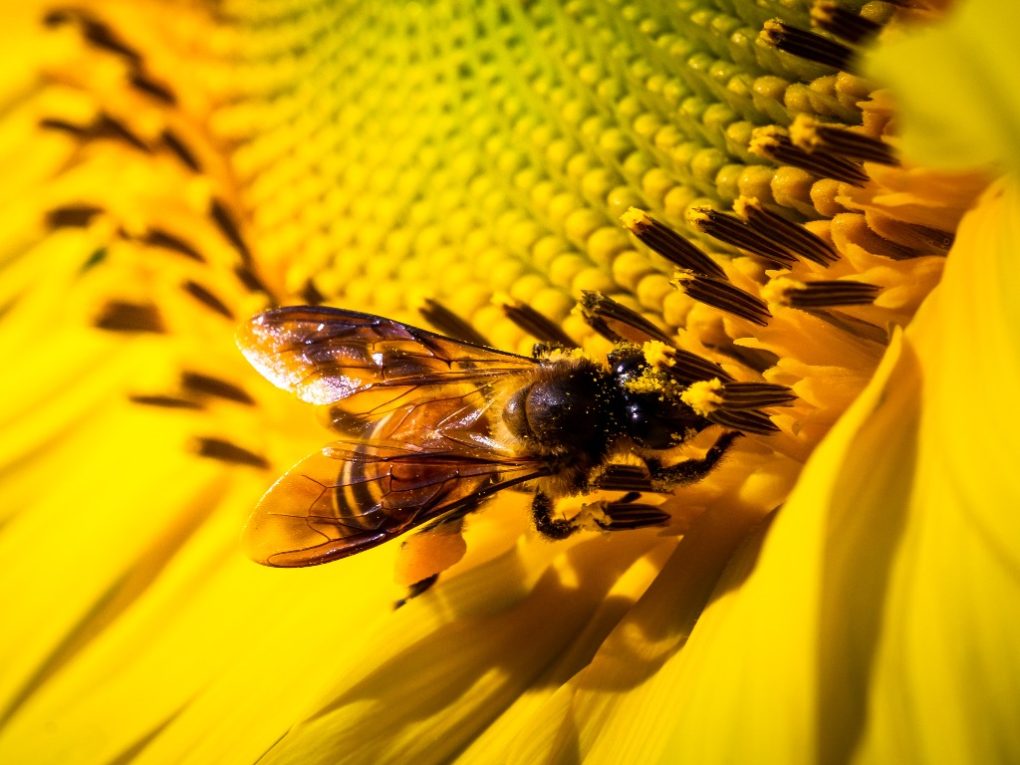Does Sunflower Attract Bees: Here’s What You Need to Know
Yes, sunflowers can attract bees. Sunflowers produce bright yellow or orange flowers rich in nectar and pollen, which are attractive to bees. Bees are important pollinators for sunflowers, and their activity helps to ensure a good crop. However, it’s important to note that bees are generally not aggressive and will not sting unless provoked.

Bees are important pollinators for many crops, and the decline in bee populations in recent years has raised concerns about food security. Sunflowers are among many flowers that can help attract bees to your garden or farm. However, not all sunflowers are equally attractive to bees. Some commercial hybrid strains of sunflowers produce so little nectar that they need to attract bees in sufficient numbers to provide good pollination.
So, choosing the right variety is important if you’re looking to attract bees to your sunflowers. This article will examine the relationship between sunflowers and bees and explore some of the best sunflower varieties for attracting these important pollinators.
Table of Contents
The Importance of Bees
Bees are one of the most valuable pollinators in the world. They play a vital role in the reproduction of many plants, including sunflowers. Without bees, sunflowers and many other plants would struggle to reproduce, leading to declining populations. In addition to their role in pollination, bees also produce honey, which humans have used for so many decades as a natural sweetener and medicine.
Honey is rich in antioxidants and has antibacterial properties, making it a valuable resource for human health. Unfortunately, bee populations worldwide have declined in recent years due to habitat loss, pesticide use, and climate change. This decline is a cause for concern, as it could significantly impact the health of ecosystems and the global food supply.

Many organizations and individuals are working to protect and conserve bee populations to address this issue. This includes planting bee-friendly plants like sunflowers, reducing pesticide use, and creating habitats for bees to thrive in. By taking these steps, we can ensure these important pollinators’ continued health and survival.
Ways How Sunflowers Attract Bees
Color and Appearance
Sunflowers are known for their bright yellow color and a large central disk containing many small flowers. This color and appearance make sunflowers highly attractive to bees. Bees have photoreceptors sensitive to ultraviolet light, which is abundant in sunflowers. The bright yellow petals of sunflowers are also highly visible to bees, which makes it easier for them to locate the flowers.
Pollen and Nectar
Bees are attracted to nectar and pollen because they provide them bees with the nutrients they need to survive. Sunflowers are rich in nectar and pollen, making them a highly attractive food source for bees.
The large central disk of sunflowers contains many small flowers that produce nectar and pollen. Bees are attracted to nectar because it is a rich source of carbohydrates, which they need for energy, while they need pollen because it is an important protein source.
Fragrance and Volatile Compounds

Bees are also attracted to the fragrance and volatile compounds that sunflowers produce. Sunflowers produce a variety of volatile compounds that are known to attract bees. These compounds are released into the air and are detected by the bees’ olfactory receptors. The fragrance of sunflowers is also known to be highly attractive to bees.
Sunflowers are highly attractive to bees because of their color, appearance, nectar, and pollen presence, and fragrance and volatile compounds they produce. These factors make sunflowers an important food source for bees and play a crucial role in pollinating many plants.
Benefits of Bees on Sunflowers
Pollination
Bees play a crucial role in pollinating sunflowers. As they move from one flower to another, they transfer pollen from the male to the female parts of the plant, promoting fertilization and the production of seeds. Without bees, sunflower plants would struggle to produce seeds, which are the basis for many sunflower products, such as oil and birdseed.
Genetic Diversity
The genetic diversity of sunflowers and bees is important for both species’ long-term survival and adaptation. In sunflowers, genetic diversity is important for resistance to pests and diseases and for adaptation to changing environmental conditions such as climate change.
Bees, on the other hand, require genetic diversity to adapt to changes in their environment, including changes in the availability of food and changes in climate. Genetic diversity can also help bees resist diseases and pests.
The relationship between sunflowers and bees is also important for genetic diversity. As bees move from flower to flower, they help to promote genetic diversity by facilitating cross-pollination between different sunflower plants. This can help increase the sunflower population’s genetic diversity, which is important for the survival and adaptation of the species.

Seed Production
Bees also help increase sunflower seed production. According to Beekeeping Insider, the pollen produced by sunflowers has been shown to benefit bees by strengthening their immune systems so they can build stronger colonies that are more resistant to disease. This, in turn, leads to more effective pollination and increased seed production.
Oil Production
Sunflower is a popular cooking oil high in healthy fats and antioxidants. I’ve been using sunflower oil for months already, and it’s the healthiest choice of cooking oil. The oil extracted from sunflower seeds is rich in vitamin E and omega-6 fatty acids, making it a popular ingredient in food and cosmetics.
Bees play a crucial role in sunflower oil production as they are the primary pollinators of sunflowers. Without bees, sunflowers would be unable to reproduce, decreasing sunflower seeds and oil production.
